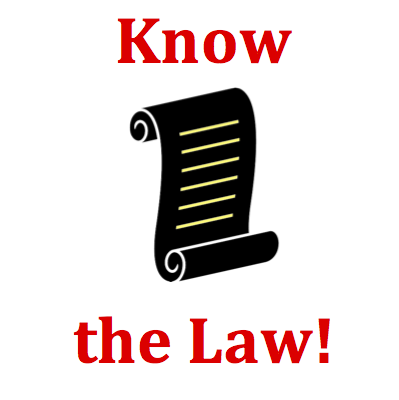Hold down the T key for 3 seconds to activate the audio accessibility mode, at which point you can click the K key to pause and resume audio. Useful for the Check Your Understanding and See Answers.
Mission SE7 Charging by Induction - Electrophorus Plate - Question Group 8 Help

A negatively charged piece of styrofoam is placed on the table. A neutral aluminum plate is brought near as shown below. While held above the styrofoam, the aluminum plate is touched (grounded). At this point, there is a movement of protons. Protons move ____.

Charging by induction is the charging process that involves charging an object without touching the object to a charged object. The charged object is brought near to the object to be charged (a neutral object). The charged object's presence induces a movement of electrons within the neutral object, causing it to become polarized. Then the neutral object is touched to a ground, causing a transfer of electrons between the ground and the neutral object. The ground is pulled away, the charged object is pulled away and the neutral object has been charged. When the process is complete, both objects are charged with the opposite type of charge.

Many students have the misconception that the charged styrofoam will attract or repel protons and move them from one location to another location. But don't be fooled! Protons indeed experience an attractive force towards negatively charged styrofoam. And protons sense a repulsive force from positively charged styrofoam.. But protons are present in the nucleus of atoms and as such are tightly bound in that location. As such, protons are unable to be moved from one location to another location. The charging of objects always occurs by means of a movement of electrons - either off of an object or onto an object. Protons never move.
